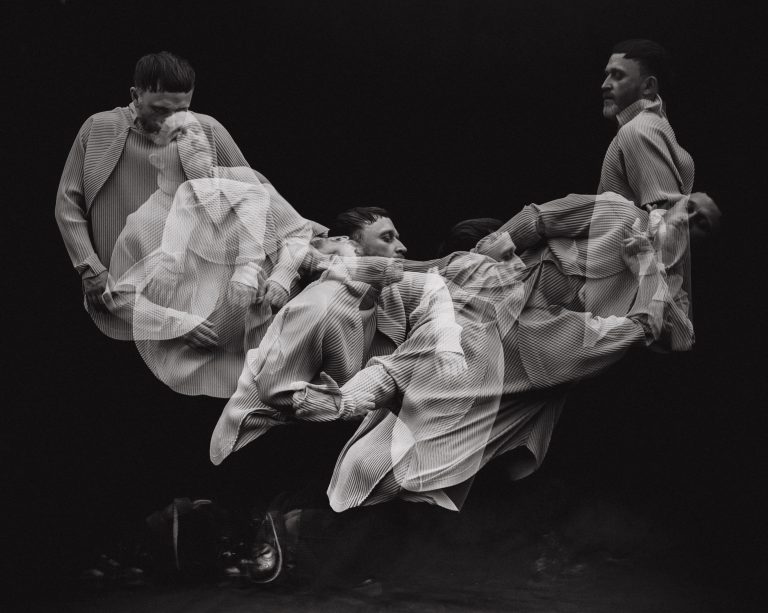Through dance, French-Belgian contemporary choreographer and dancer Damien Jalet harnesses the primal, visceral energy of the human body. The spirituality, kinetic power, mindful movement, and sense of space and time in his creations connect the ancient traditions to the present world. His work in visual arts, music, cinema, theatre, and fashion open space for scientific investigation, mythological enquiry, and novel experiments, creating experiences that challenge and expand our consciousness.
Read our interview with Damien Jalet, where he shares his journey of dance, art, and boundless creativity.

